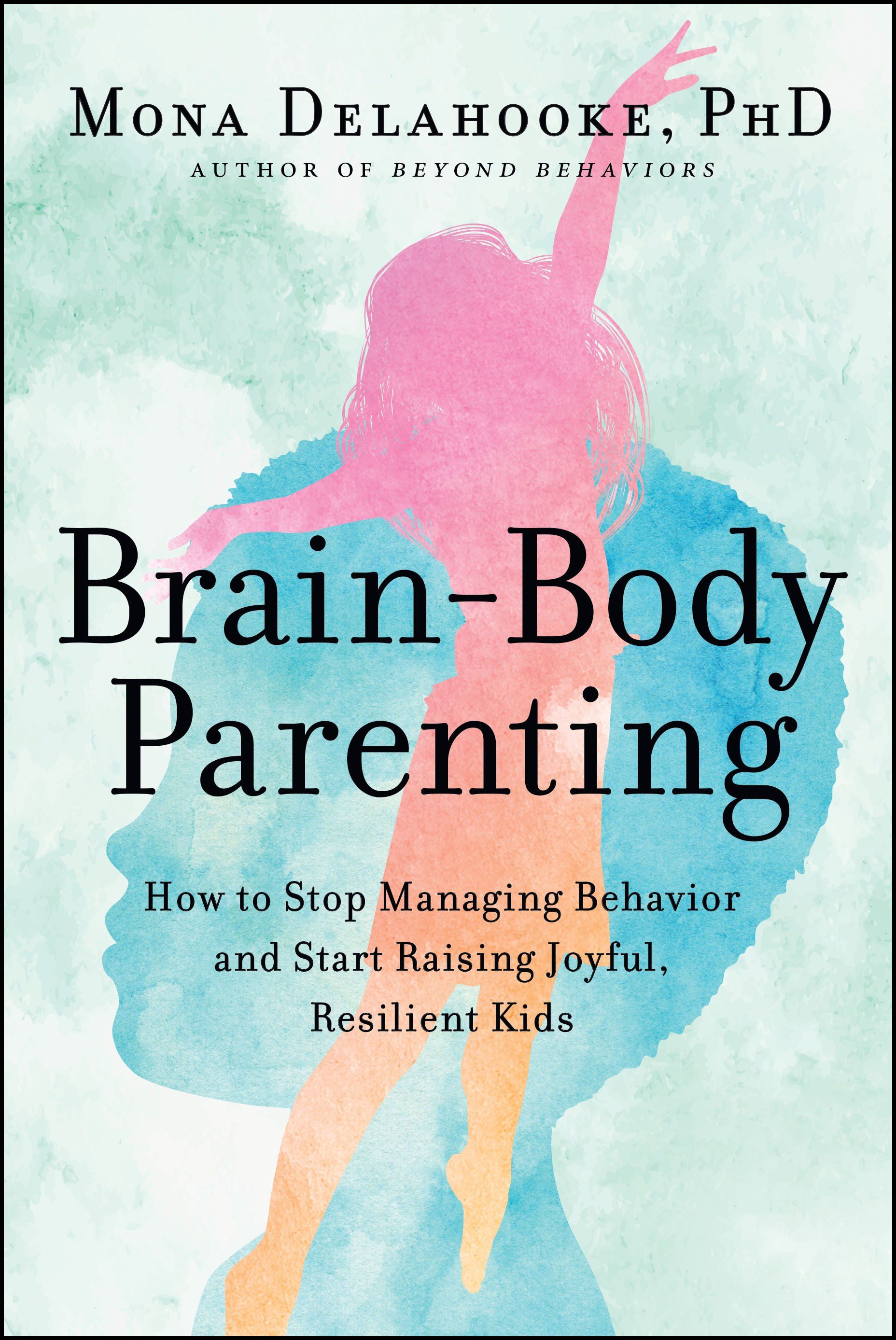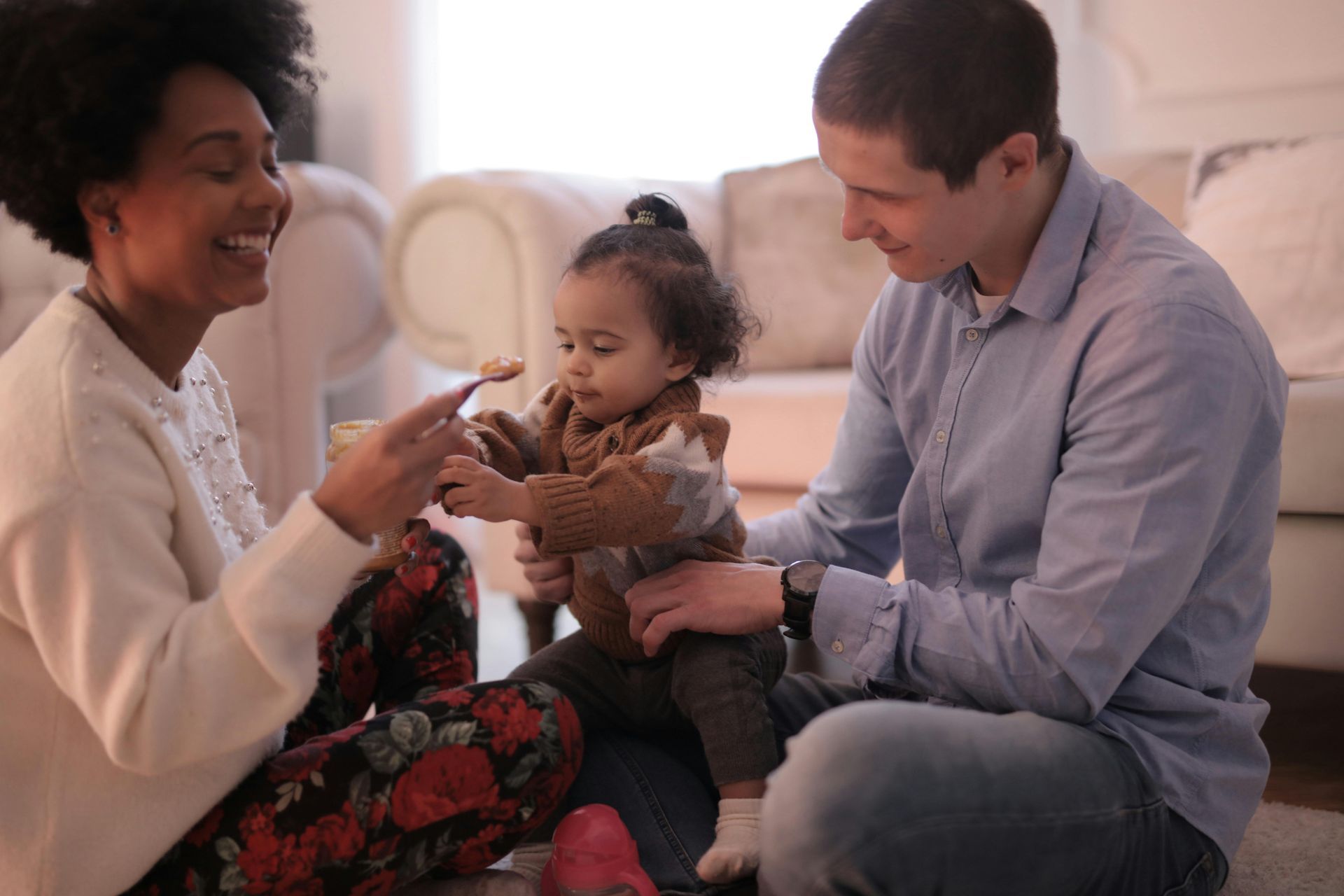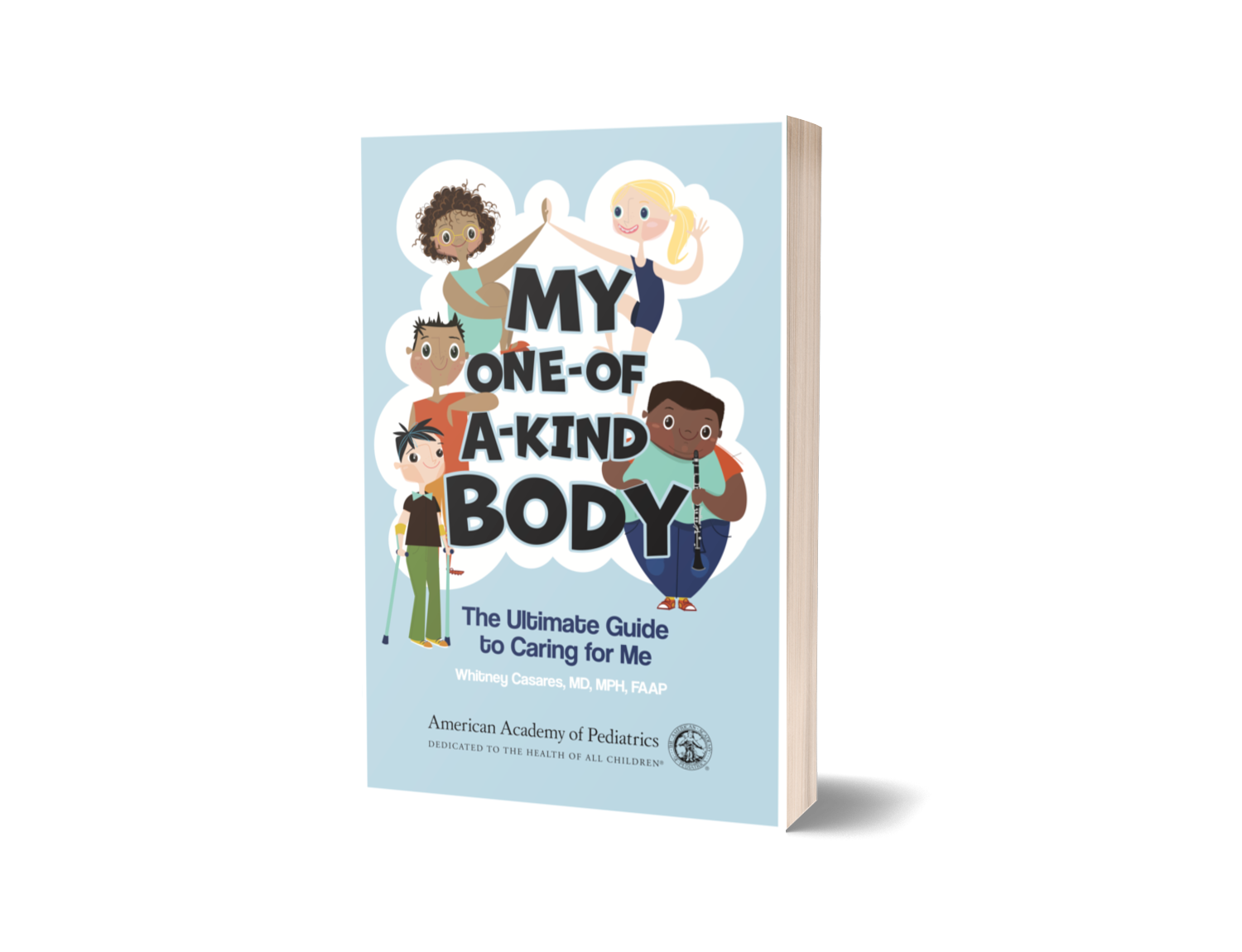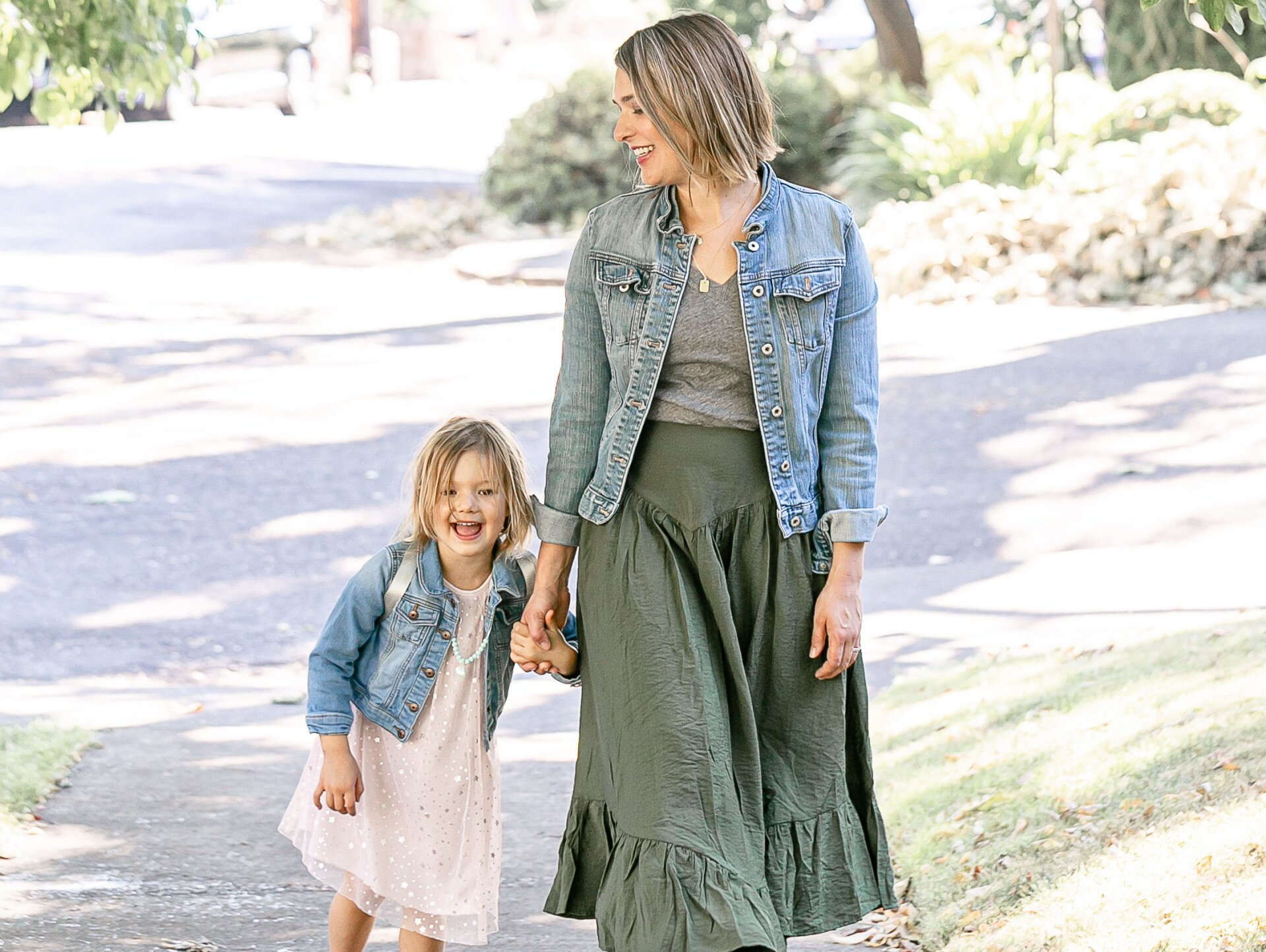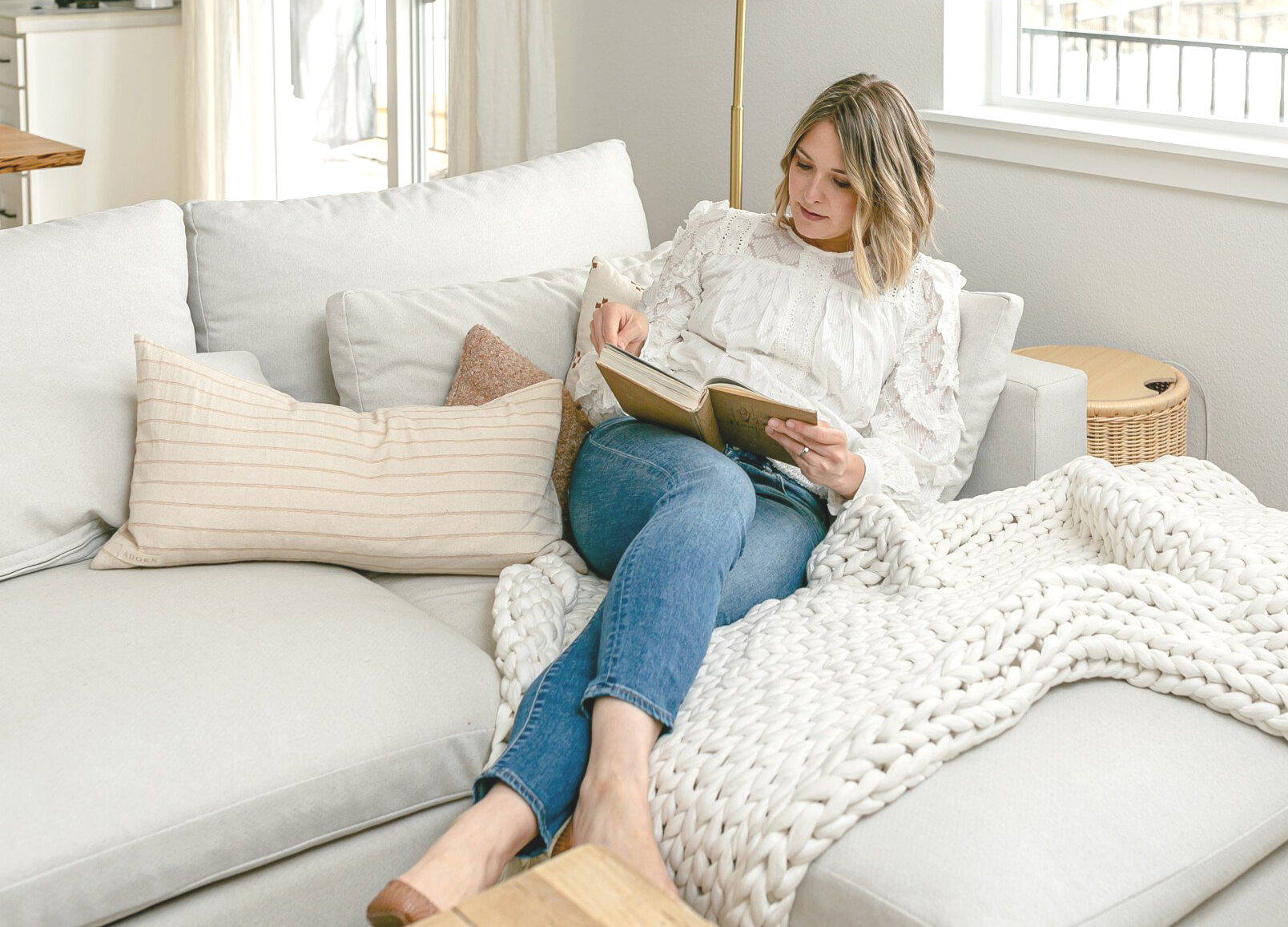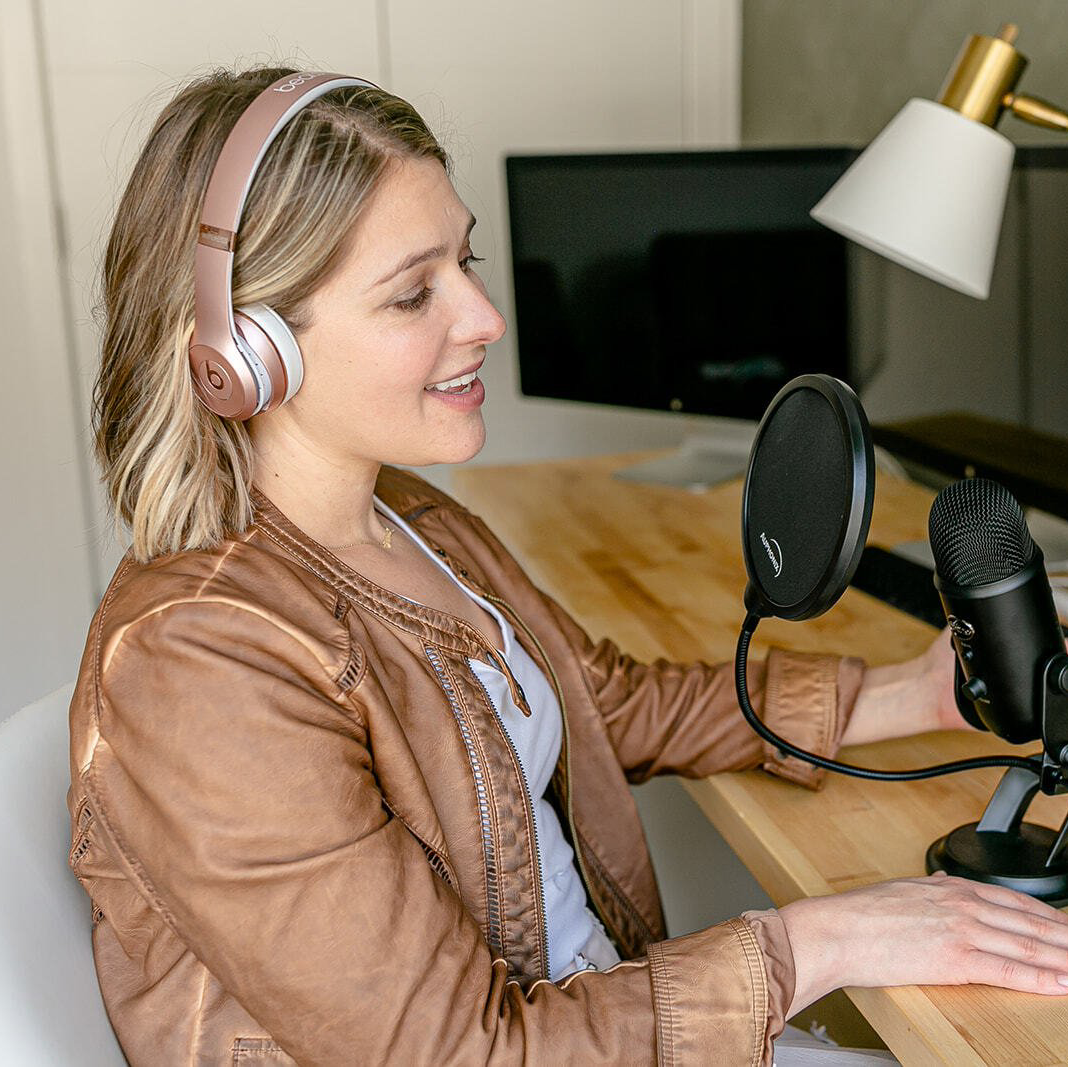How is this book different from other parenting books?
Focusing on behaviors as a signal and a marker of something deeper within the body rather than just a target to hit. Rather than just labeling it as anxiety or ADD or ODD. I don’t rely on general parenting scripts or advice that will work on a lot of different kids. I teach parents how to customize their interactions to their kids' individually unique nervous system. Because every kid is different.
What are the steps I can take to go about this?
We focus on our child’s reactions to the world, to us, and to their body and to figure out what to do based on this and what we already know about our child. We look at three areas: the state of the child’s platform (physiological state), their social and emotional development, and their individual differences (like their sensory systems!) and then customize your parenting skills from there. Just like a child who is 3 with a huge vocabulary shouldn’t be expected to have the same emotional development as a 10 or 11 year old. Give yourself permission to look at things differently and be very gentle with yourself.
Dig into the individual differences piece on how that looks when interacting with your kids.
So we know we need to understand our own emotional state in the moment, our kid’s emotional state and regulate as best we can, and understand their social emotional development level. The next step is looking at their individual differences. The most profound differences are the ones that make us think there might be something “wrong” but, in fact, it’s just the way we process everything around us. Whether it’s not wanting to go to sleep on their own, refuse to go to birthday parties, or another confusing behavior, these behaviors point to their “challenge zone” and can be instrumental in helping to understand your child. There’s so much sensory input we are all taking in and when we are more aware of those feelings in our body, we can be so much more mindful and compassionate to ourselves and our children.
How can parents put this all together to decide how to address what’s happening in their kids?
In my book, I talk about a system of identifying your child’s “color” of red, blue, or green which is basically a way for the parents to categorize and label their child’s state in the moment. It’s just an indicator of all of the input levels your child is taking in versus what it needs (Are they hungry? Do they need a nap?) Then you look at their social and emotional levels (which you usually know in generalities). For instance, a toddler shouldn’t understand what it really means to share. Taking all this into consideration, we can help build into our days the input and stimulation that they need. So we can help raise resilient and flexible kids.




